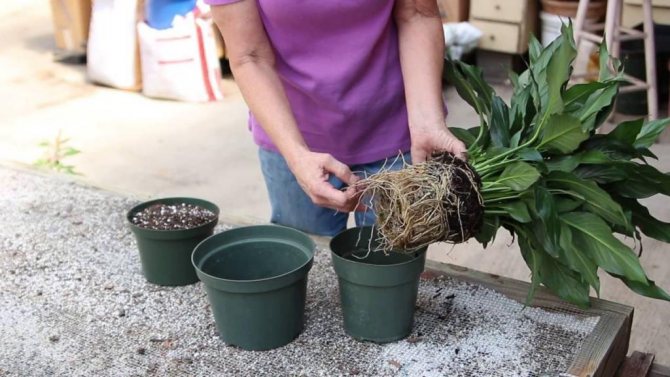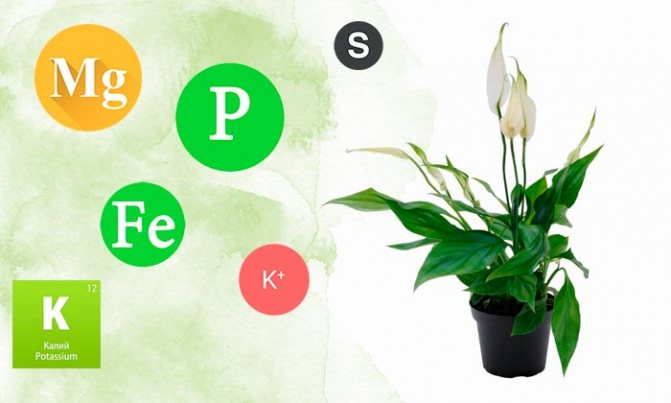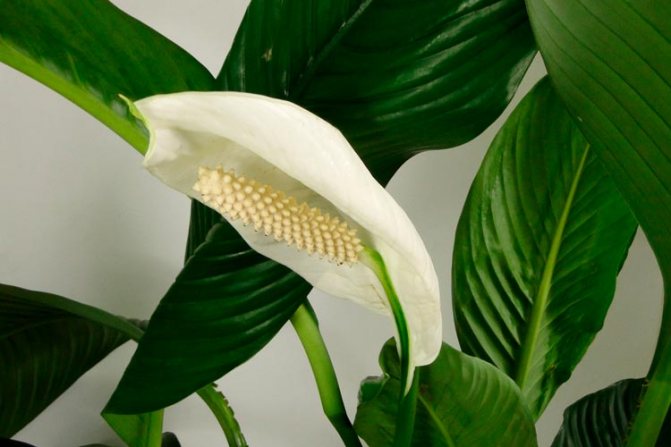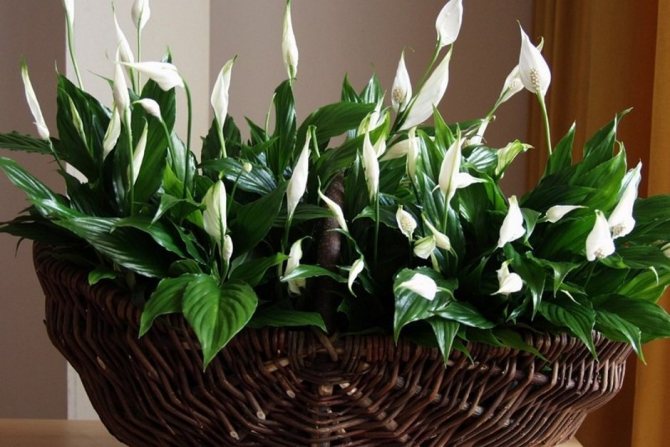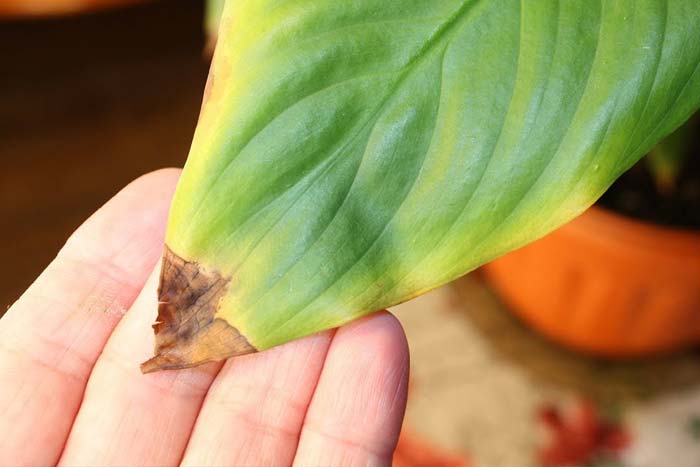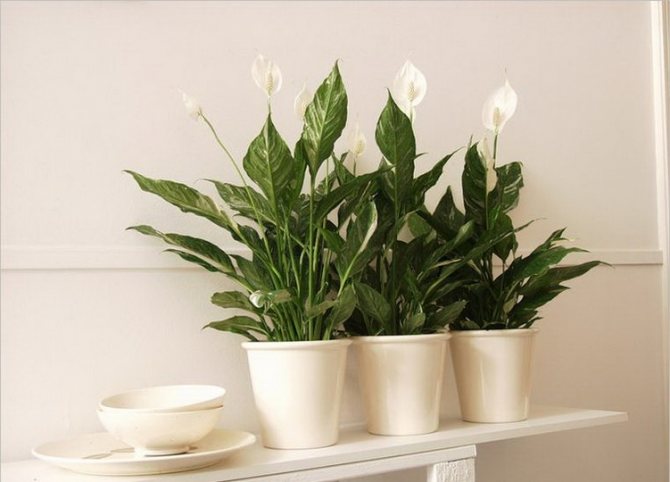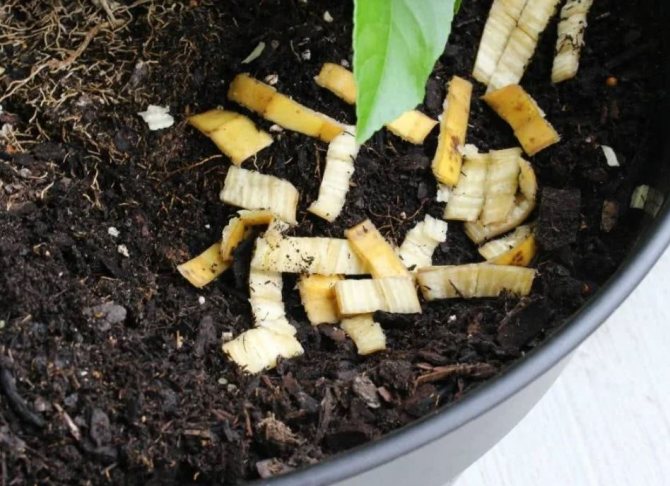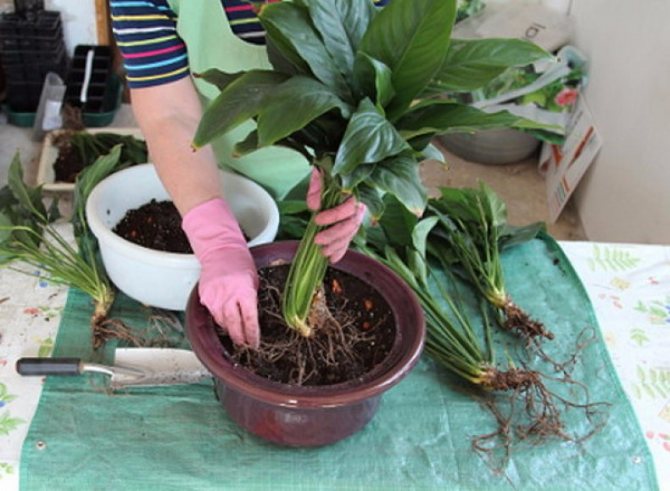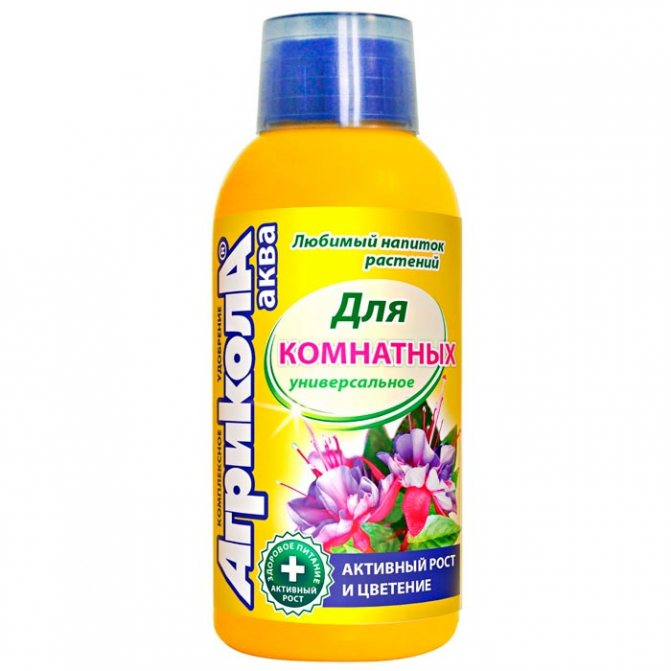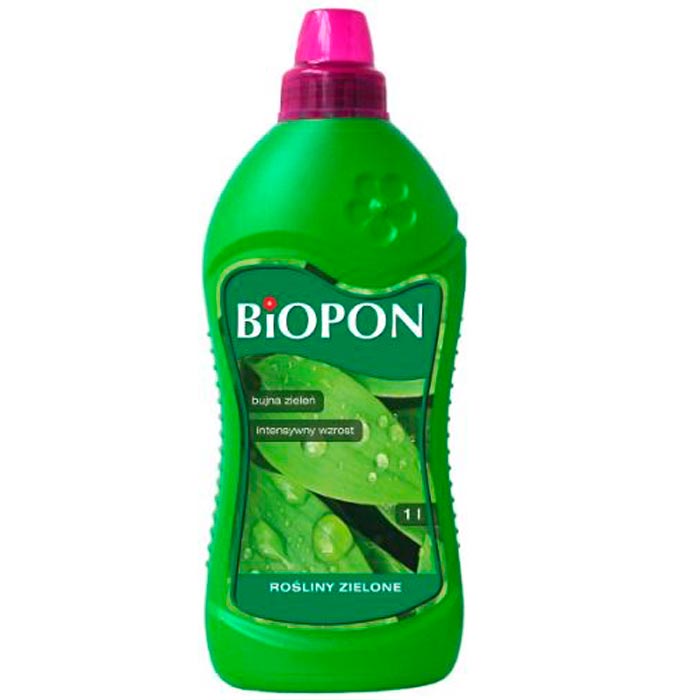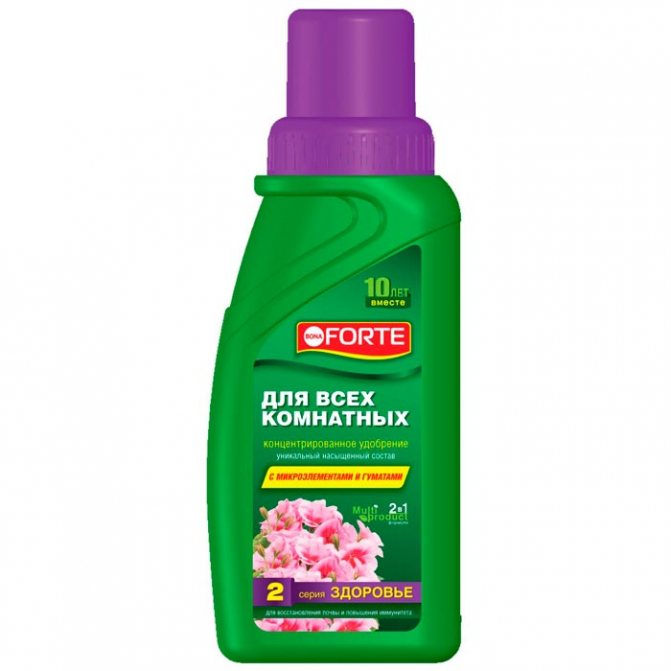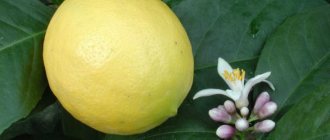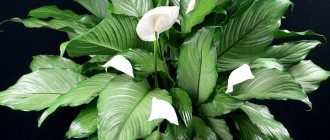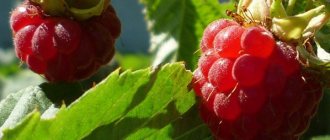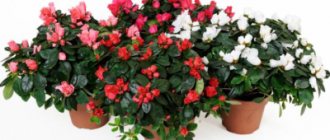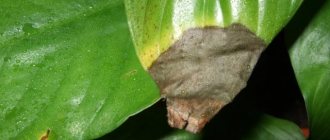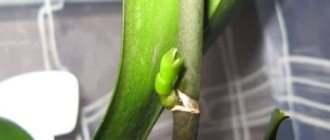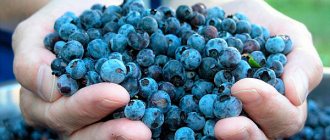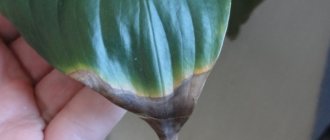Importance for health and flowering
Attention! Competent maintenance and topical feeding is a guarantee of the good health of the plant.
The development period begins from the moment when the spathiphyllum was planted in a nutrient soil mixture. At first, he will not need additional minerals, everything is normal.
But over time, the soil is depleted, the nutrient components in the soil become less and less. Every day, a lush bush loses its decorative effect, foliage turns pale, immunity weakens, it is impossible, and flowering also becomes. But the young individual is significantly behind in development, as they say, sits in one place.
How to determine the need for additional nutrition?
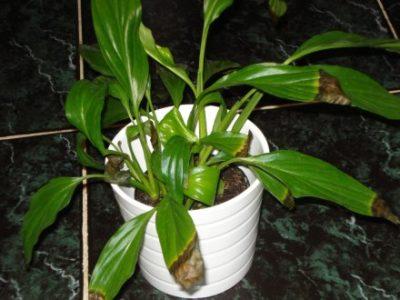
Lack of nutrients directly impairs the aesthetic performance of spathiphyllum. The first signs of a fertilizer shortage:
- growth retardation, wilting of green mass - lack of magnesium;
- foliage becomes smaller in size, color turns pale;
- prolonged absence of flowering against the background of a healthy state - lack of phosphorus;
- uneven yellowing of the leaf plate indicates a deficiency of boron and calcium;
- at the end of flowering, the foliage turns yellow and withers - perhaps the spathiphyllum has expended all the energies it has fed for this process.
What trace elements are needed for spathiphyllum
Contrary to popular beliefs, organic matter is not required for this flower at all, and it makes no sense to introduce it. Here you will need exclusively mineral fertilizers containing a number of valuable trace elements, without which a whimsical tropical plant will not be able to fully develop. If the feeding of spathiphyllum is carried out by organic matter, such a tactic will lead to useless growth of foliage.
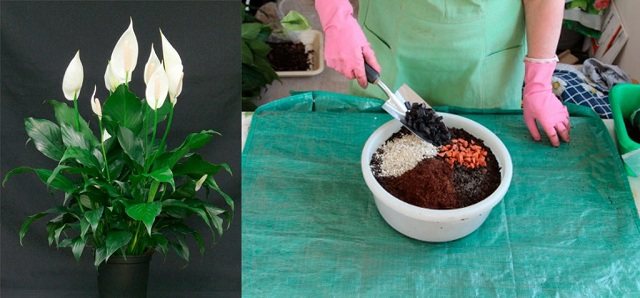

The flower will lose strength for its nutrition, and you will have to forget about flowering altogether. To eliminate such a mistake, you need to know that he perceives only mineral fertilizers with the presence of the following substances in them:
- sulfur and nitrogen;
- calcium and potassium;
- magnesium and manganese;
- phosphorus and iron;
- boron and copper.
When shouldn't you fertilize?
Experienced growers do not recommend the use of fertilizers in the following cases:
- a recently transplanted plant, since the new soil fully provides it with the necessary components;
- it is not worth feeding a sick or pest-affected indoor flower;
- exotic, just brought from the store, also does not need additional food, an adaptation period must pass at least 2 months;
- during the flowering period;
- in the cold season, you can not apply mineral fertilizers, or minimize their amount;
- in the summer, during hot hours, you should not feed the exotic, it is better to postpone the procedure for the evening.
Tips from experienced florists
Any recommendations are the result of someone's trial and error, so it is worth listening to the advice of those who have been successfully breeding this wonderful tropical plant for a long time and share some important nuances regarding their feeding and agricultural technology.
- A newly purchased plant does not need to be fertilized for at least 2 months. He needs such a period in order to fully adapt to the new conditions of detention.
- The same can be said for a flower transplanted into fresh soil. If it is compiled according to all the rules or bought ready-made, it contains enough nutrients to be enough for the first time.
- Before applying fertilizers, the flower must be well watered. So the root system will be maximally protected from direct contact with it.
- It is necessary to ensure that the dressing does not fall on the stem, leaves and buds.
- It is necessary to begin active actions on the introduction of mineral and organic substances with the onset of the warm season, regardless of the conditions in which the specimen grows. This even applies when it begins to bloom in winter.
- On sunny days, fertilization will have a more active effect.
- Never feed a diseased or damaged plant until the causes of the oppression have been removed and the plant is on the mend!
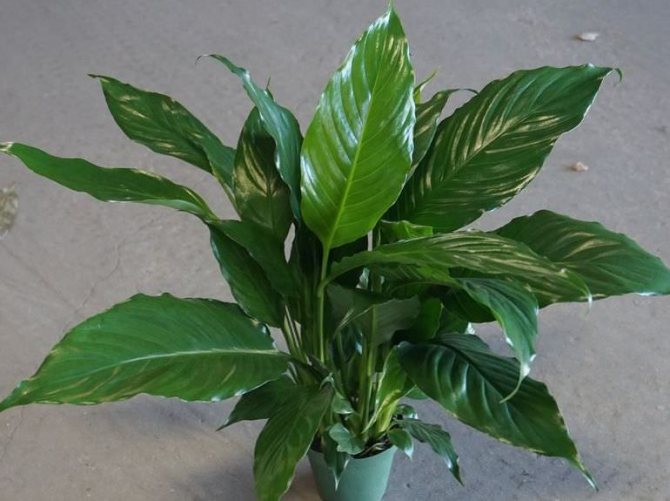

Optimal time of the year
Important! The restoration of the process of introducing minerals begins with the arrival of spring. At this time, the plant enters a phase of active vegetation, after winter sleep.
In the spring-autumn (March-September) period, it is worth feeding every week. You need to suspend the procedure for the time of flowering, and then normalize it again. In the fall, the frequency of dressings should be reduced to 1 time per month, and in the winter - excluded (how to care for spathiphyllum in winter?).
Periodicity
Accordingly, the amount of dressings depends on the season of the year.
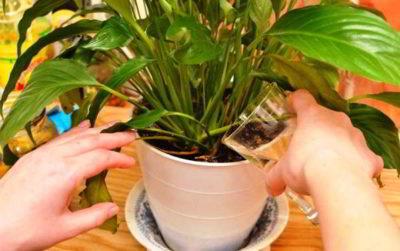

Spring, summer, first month of autumn - once every 7 days.- In the second half of the autumn season, once every 15-20 days.
- In winter, if necessary, once a month.
- The best option: during rest, spathiphyllum can easily do without additional nutrition.
How to fertilize Women's happiness?
Finished mineral fertilizers are applied mainly by root method. Spraying is used in emergencies when the plant dies.
Today, mineral fertilizers are produced in the form of:
- tablets;
- powder;
- chopsticks;
- granules;
- solution.
Novice growers are advised to use liquid fertilizers in order to avoid dosage errors. For spathiphyllum, it is preferable to buy fertilizers that are suitable for flowering plants, potassium and phosphorus are predominant in their composition. You can also buy universal remedies or special ones for Aroids or Azalea. The following brands have proven themselves well:
- "Garden of Miracles".
- Bona Forte.
- "Master" for flowering plants.
- "Green house".
Nutrients are used as follows.
- These mineral preparations are diluted with water in accordance with the proportion indicated on the package. Approximately 1-2 caps per liter of liquid.
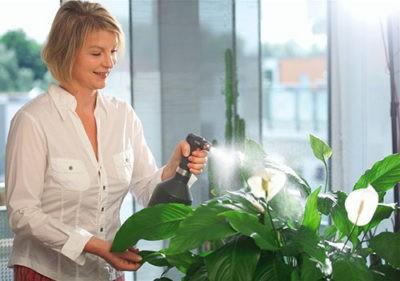

Use only boiled or distilled water.- Moisten the soil before use.
- Water the resulting solution strictly at the root, exclude contact with the leaves.
- After fertilizing, moisten the soil again.
- Feeding according to the schedule will make it easier to avoid nutrient overload.
Many experts advise using self-prepared nutritional formula as well. What exactly from home remedies to feed the plant? There are many recipes suitable for feeding spathiphyllum, for example, infusions for:
- banana peel;
- citrus peels;
- onion peel;
- milk whey;
- brewer's yeast, etc.
Attention! Before use, these mixtures are diluted with water to reduce the concentration, and watered under the root of the flower.
What it is?
Top dressing is an agrotechnical technique aimed at ensuring plant nutrition, as well as improving its qualities. Top dressing can activate the growth process and the duration of flowering.
Correctly applied drugs can make the plant stronger, healthier and more resistant to disease.
There are two ways to feed at home:
- Basal... In this case, fertilizer is applied to the root of the flower.
- Sheetwhen the vegetative part is sprayed.
How to care for the soil?
The soil should also not be left unattended. Do not bring the soil in a pot to dry out completely, because spathiphyllum prefers a humid habitat. You need to be especially careful when using fertilizers. Under no circumstances should mineral preparations be applied to dry soil., otherwise, burns of the root system are possible. The soil should be slightly damp.
After the procedure, the soil should be slightly loosened in order to improve the flow of the air mixture to the roots. Also, do not forget to regularly renew the soil, for an adult plant once every 2-3 years.
Reproduction methods
Spathiphyllum multiplies in two ways. Most growers do not even try to grow a flower from seed, as this process is laborious and often ineffective.
Propagation by cuttings
To propagate a flower by cuttings, you need to take planting material and place it in moistened sand. Then the plant is left in a room with a temperature of at least 22 ° C until the cuttings grow roots. Then they can be planted in separate pots.
Reproduction by division
Reproduction by division should be approached responsibly. To do this, in the spring during transplantation, the root should be divided into several parts and placed in separate pots.
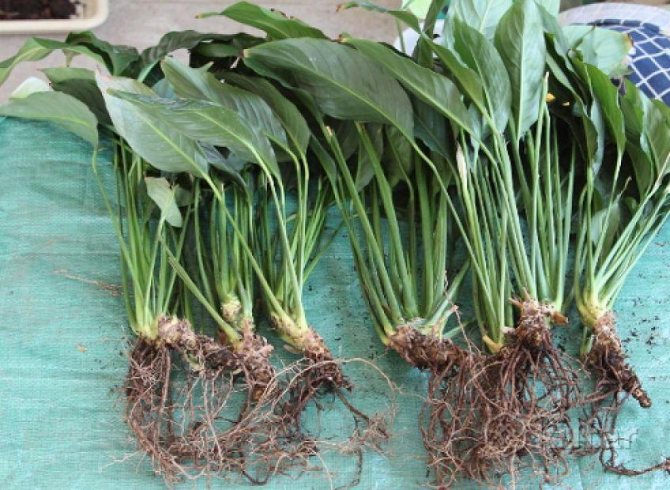

Reproduction of female happiness by dividing the bush
How to carry out the procedure for the plant to bloom?
For the appearance of the long-awaited buds, the spathiphyllum needs to create a kind of stress. Basically, lowering the temperature, reducing watering gives a good result, but there should be enough light. Before the flowering period, it will not be superfluous to root the flower with potassium-phosphorus mineral preparations.
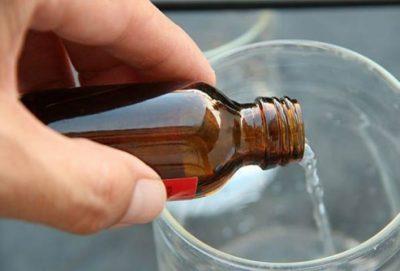

The nutrient solution is prepared at the rate of 1 g of the drug per 1 liter of liquid. Organic fertilizers will also have a positive effect on future flowering. For spathiphyllum, a weakly concentrated mixture of mullein and water is used, in a ratio of 1:30. The main thing here is not to overdo it, because an excess of nitrogen will provoke the development of green mass, and not buds.
And during flowering, you do not need to fertilize, but fertilize the soil immediately after the end of the process. Because the plant will be depleted, and the smell of nutrients should be replenished. In this case, it is better to use liquid complex mineral fertilizers.
Preparing top dressing at home
Many flower growers prefer not to use purchased fertilizers, believing that you can always use the biomaterial at hand. To fertilize spathiphyllum, you can use:
- coffee grounds;
- tea leaves;
- banana peel;
- yeast;
- infusion of nettle;
- succinic acid;
- milk whey.
Dry the coffee grounds thoroughly. Then it is sprinkled with soil, slightly covering it. Together with watering, bio-raw materials will penetrate to the roots, supplying vitamins and nutrients.
Sleeping tea leaves, pre-dried, can become a source of trace elements for spathiphyllum. It has bactericidal properties, it perfectly heals the composition of the soil. The tea leaves are scattered over the ground, added dropwise. But there may also be a side effect - small midges will appear.
The banana peel is dried, crushed to a powder, then embedded in the soil. The make-up is enough for a month. To prepare the nutrient solution, you will need to take a liter of cold water and a banana peel. For 24 hours, the product is infused, it is used for watering once every two weeks.
100 grams of fresh nettle must be poured with a liter of boiling water, left for a day to infuse. For watering, 100 ml of the concentrate is diluted in a liter of water.
Brewer's yeast is used to prepare a nutrient solution.When yeast is introduced, the plant receives B vitamins, which activate growth. The yeast feeding contains phytohormones and fungi that restore the microflora of the earth. You can use dry or fresh yeast to prepare the solution. You need to take 3 grams of dry matter or 15 grams of raw yeast, stir in a liter of warm water, add 25 grams of sand. The resulting mixture is aged for a couple of hours, then diluted 1: 5 and the flower is fed.
Whey contains many nutrients and vitamins for spathiphyllum. These ingredients are in a convenient form that is easy to digest. The serum increases the immunity of the flower, normalizes the microflora of the soil for spathiphyllum, and prevents the development of fungal diseases. Can be used as root and root dressing. The soil is pre-moistened, the agent is diluted 1:10, spathiphyllum is watered.
Succinic acid actively affects plant growth. It can be used to fertilize a flower from early spring to mid-summer. Apply twice a month. To prepare the nutrient solution, you need to dilute one acid tablet in one liter of water. After dissolving the tablet, the product is immediately ready for use.
Possible mistakes
Nutrient fertilizers can be beneficial as well as harmful. It all depends on the amount of fertilizer applied, as well as on the frequency of this procedure.
Lack of nutrients
Provided that the exotic has not been transplanted for a long time, the soil has become impoverished or was originally planted in depleted soil - you can not wait for flowering (how to transplant spathiphyllum?). The plant has a so-called starvation. If there are no complex mineral fertilizing, then the appearance of the plant speaks for itself:
- slowdown in growth;
- inflorescences become smaller;
- the stem is lengthened;
- foliage size decreases;
- the color turns pale green;
- partial yellowing and dying off of the green mass;
- weakening of resistance to fungal infections;
- long delay in the next flowering.
Overabundance
Often a situation occurs when the plant looks healthy. Juicy bright green leaves, large in size. The flower is actively releasing new shoots. However, there is no flowering for a long time.
Similar symptoms indicate an overabundance of mineral fertilizers. As they say, the exotic "fattens". Mineral preparations based on nitrogen stimulate active growth of green mass to the detriment of flowering.
Potassium use
Potassium plays important role in the process of growth and development plants. It provides photosynthesis and oxidative reactions in cells, protein-carbohydrate metabolism, increases plant resistance to unfavorable living conditions.
Of the potash fertilizers used in floriculture, the following are known:
- Wood ash.
- Potassium sulfate.
- Potassium nitrate.
However, the use of pure potash formulations is not justified. This element alone will not be able to provide adequate nutrition to the plant. More convenient and easier to use complex formulations that contain all the necessary elements.

